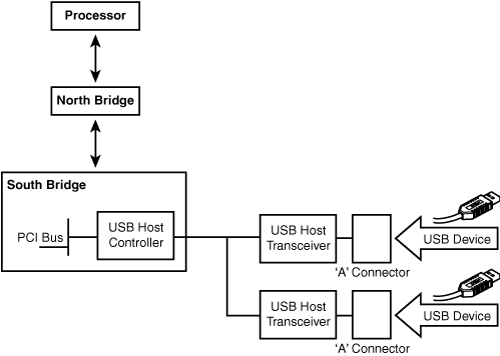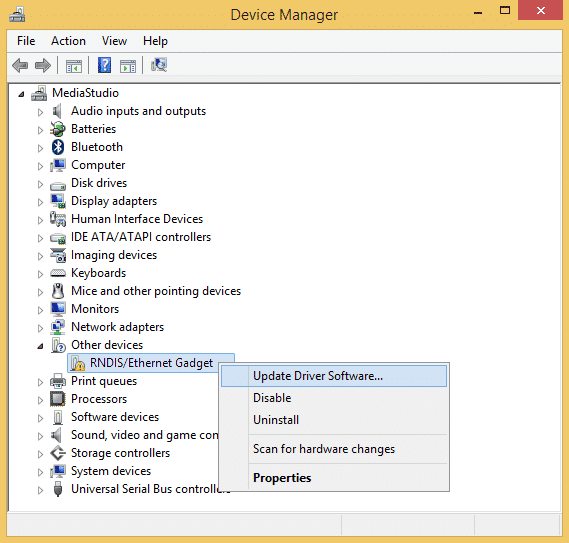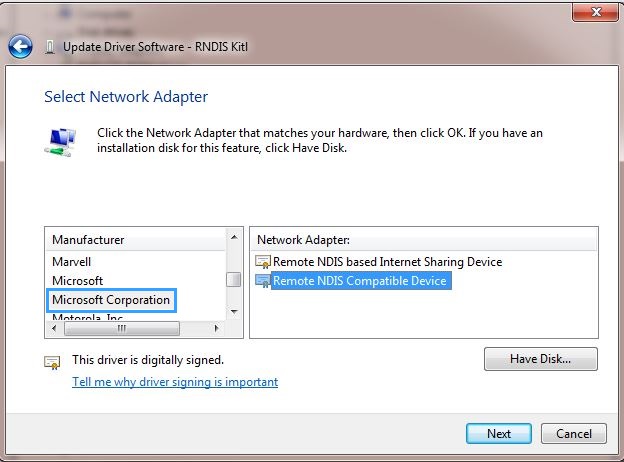- Rndis Ethernet Gadget Windows 10
- Linux Usb Ethernet Rndis Gadget Driver Windows 7
- Linux Rndis Driver
- Rndis Ethernet Driver
- Usb Ethernet Rndis Gadget Driver
- Linux Usb Ethernet Rndis Gadget Driver Windows Xp
Drivers Installer for Linux USB Ethernet/RNDIS Gadget. Host/Slave can successfully communicate via Ethernet. RNDIS driver is a part of the Windows 7 operating system, but the OS fails to detect it automatically. The problem is that when I plug the raspberry into my PC running windows 10, up to date. Generated on 2019-Mar-29 from project linux revision v5.1-rc2 Powered by Code Browser 2.1 Generator usage only permitted with license. Code Browser 2.1 Generator usage only. Within the USB device, this gadget driver exposes a network device usbX, where X depends on what other networking devices you have. Treat it like a two-node Ethernet link: host, and gadget. The Linux-USB host-side 'usbnet' driver interoperates with this driver, so that deep I/O queues can be supported. The standard Linux Ethernet Gadget driver, with the CDC Ethernet support enabled, is used to implement this functionality. To provide support for Microsoft Windows USB hosts the gadget driver implements a second device configuration with 'Remote NDIS' (RNDIS) protocol supported.
RNDIS support allows a PC to talk to a Linux-based embedded system over USB by making the embedded system look like a USB attached Ethernet adapter.

In order to enable this feature, you must first enable RNDIS in your Linux kernel. This involves compiling the kernel, which is described elsewhere in this wiki.
Start the Linux Kernel Configuration tool:
Rndis Ethernet Gadget Windows 10
$ make CROSS_COMPILE=arm-arago-linux-gnueabi- ARCH=arm menuconfig
Select Device Drivers from the main menu.
Select USB support as shown here
Go to USB Gadget Support as shown here
Select Inventra HDRC USB Peripheral as shown here
Select Ethernet Gadget as shown here
Once this is done, save the configuration and compile the kernel and modules.
RNDIS gadget driver module can be inserted using $ insmod g_ether.ko
You can, alternatively, change the <M> for USB Gadget Drivers to <*> and this will compile the drivers into the kernel, so you won't have to load the module. You will need to first de-select all child modules under USB Gadget Drivers, then press space bar over USB Gadget Drivers to change the <M> to a <*>.
The RNDIS Gadget driver will create an Ethernet device by the name usb0. You need to assign an IP address to the device and bring up the device. The typical command for that would be:
$ ifconfig usb0 <IP_ADDR> netmask 255.255.255.0 up
This command will start up the Ethernet link with the listed IP_ADDR IP address. Unfortunately, the PC will try to get a DHCP address and when it fails it will use a default IP address that will likely not be on the same subnet as the one you choose for IP_ADDR.

One way to solve this is to set up a DHCP server on the ARM. Busybox includes udhcpd, which is a DHCP server. To set this up you need to do a few things...
Linux Usb Ethernet Rndis Gadget Driver Windows 7
First, create a udhcpd.conf file in /etc. This file sets the IP address and range which will be used to give addresses to clients (the PC). As a minimum, you will need a start address. Here is an example of this file:
Linux Rndis Driver
start 10.199.199.100
end 10.199.199.102
option subnet 255.255.255.0
interface usb0
lease_file /tmp/udhcpd.leases
You will then need to tell Linux to start up the DHCP server on bootup.
systemd makes starting up dhcp very difficult -- I have not figured out how to do that...
Here is the approach I used:
Create /etc/network/if-up.d/start_udhcpd with the following contents:
#!/bin/sh
if [ $IFACE usb0 ] && [ $MODE start ]
then
touch /tmp/udhcpd.leases
/usr/sbin/udhcpd /etc/udhcpd.conf
fi

Rndis Ethernet Driver
Next create /etc/network/if-down.d/stop_dhcp with the following contents:
#!/bin/sh
if [ $IFACE usb0 ] && [ $MODE stop ]
then
pkill udhcpd
fi
exit 0
Now, in your application start script (where you typically load drivers and the FPGA), add the following:
Usb Ethernet Rndis Gadget Driver
ifdown usb0
ifup usb0
Linux Usb Ethernet Rndis Gadget Driver Windows Xp
Now, when you run your start script, dhcp will run.
